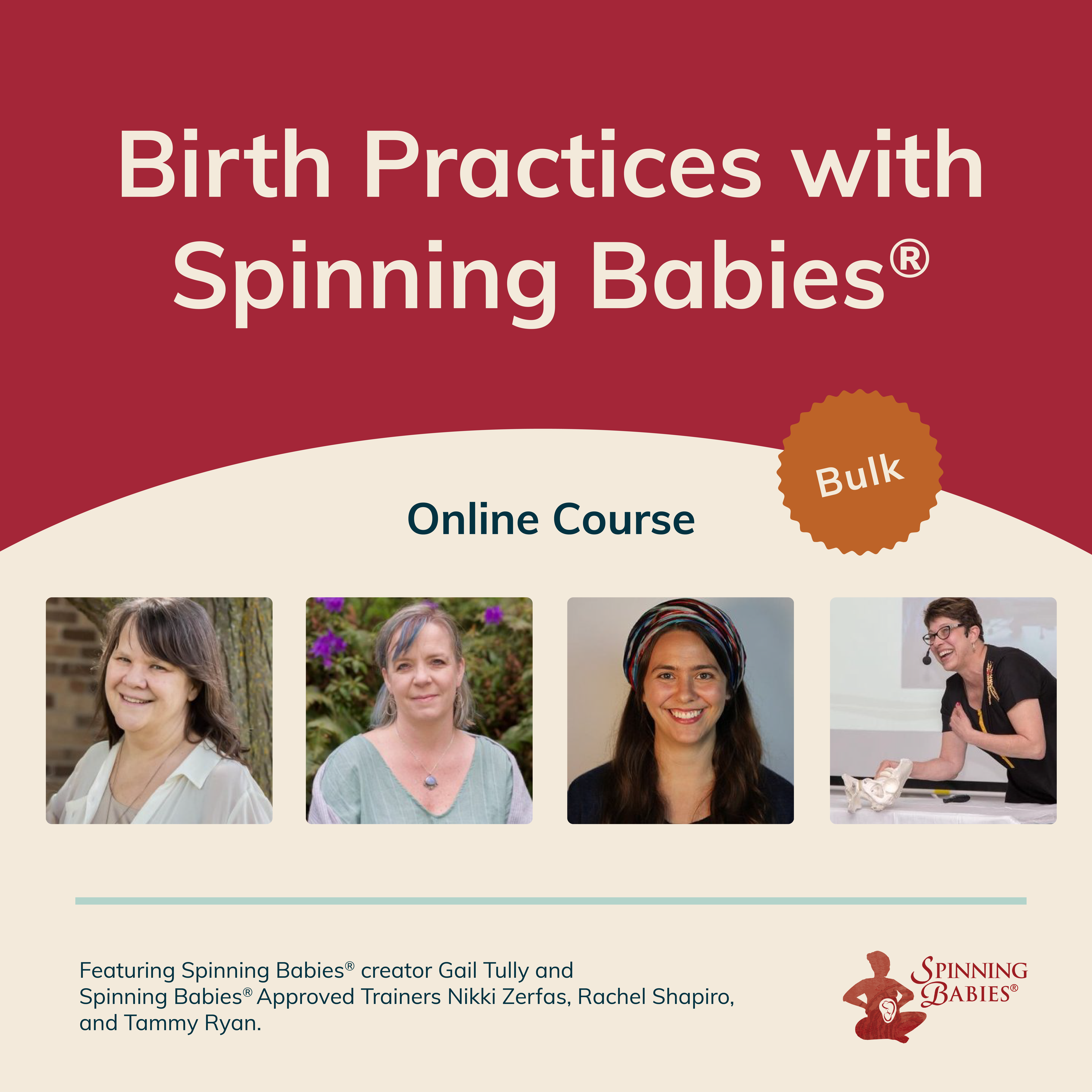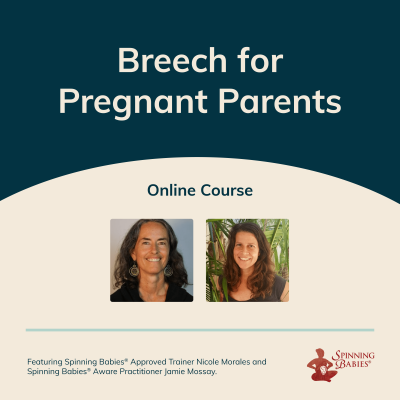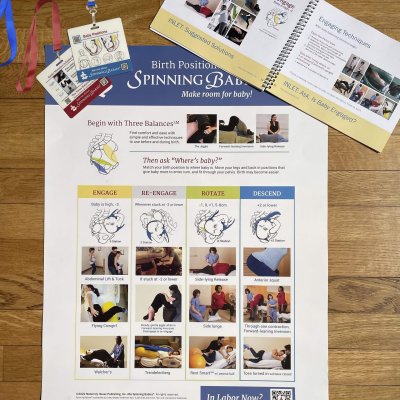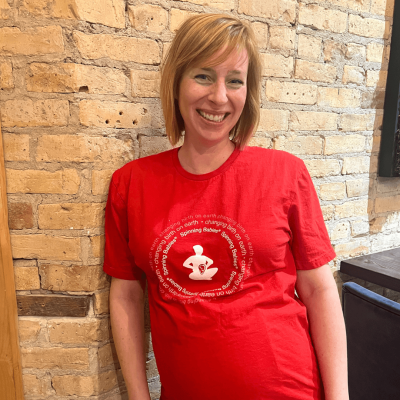Description
About the course:
In the first session, Gail Tully, Tammy Ryan, and Nikki Zerfas demonstrate and discuss three favorite body balance techniques. Nurse Nikki Zerfas gives a practical presentation on the inlet opening position “Flying Cowgirl,” followed by Gail’s playful presentation of opening the outlet with an internal rotation of the femurs.
Our second session is from Labor & Delivery Nurse Nikki Zerfas’ extensive use of Spinning Babies® in a busy hospital setting. Nikki Zerfas, RN, discusses possible impact of epidural use on the supportive care in labor and how providers can use the Spinning Babies® approach when the birth giver is under Epidural anesthesia. It’s important that professionals know the precautions and common concerns when introducing Spinning Babies® in their birth settings.
Our third one-hour session focuses on how to decrease transfer rates to the hospital in labor for home birth and birth center practices. Rachel Shapiro, CNM, CPM, shares her extensive midwifery experience in home and birth centers using Spinning Babies®, approach. Here you find techniques to decrease the time of ruptured membranes without contractions (PROM), reduce the length of prodromal labor, and overcome an arrest of labor in the first stage.
Enjoy a bonus session from SIAPARTO 2020, in which Gail Tully dehttps://www.spinningbabies.com/wp-content/uploads/2019/10/sample3-1.pngs the soft tissue pelvis with her homemade props and simple but eloquent style. Originally made for a Brazilian audience, this video is a rich addition to explain many of the body structures that influence comfort or pain, fetal positioning, and other important topics of childbirth and being in our bodies. This is great video to watch for more inside knowledge as to why Spinning Babies® recommended techniques work so well.
Learning Objectives:
- Demonstrate how to begin and end a gentle vibration of the thigh and buttocks.
- Identify the safety position to prevent a fall while going into and out from a Forward-leaning Inversion.
- Prioritize the hip hold on a Side-lying Release to reduce pelvic muscle tension.
- Identify implications of epidural pain management on mobility in labor as related to the Spinning Babies® approach.
- Dehttps://www.spinningbabies.com/wp-content/uploads/2019/10/sample3-1.png adjustments to The Balances℠ and Pelvic Level Solutions℠ when there is reduced or altered mobility.
- Discuss suggested precautions with the Spinning Babies® approach when mobility and sensation are altered or reduced.
- Identify techniques that can decrease hospital transfer rates by limiting time of ruptured membranes without contractions (PROM).
- Identify techniques that can decrease hospital transfer rates by decreasing the length and occurrence of prodromal labors and persistent posterior presentation (especially in a primip).
- Identify techniques that can decrease hospital transfer rates by decreasing the incidence of arrest of labor in the first stage.
- Identify techniques that can decrease hospital transfer rates by decreasing arrest of descent in the second stage.





Reviews
There are no reviews yet